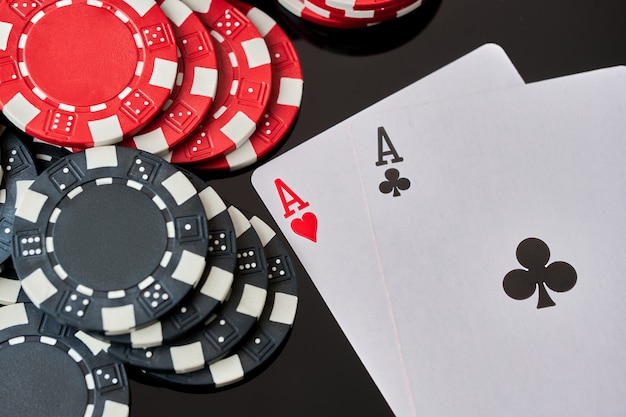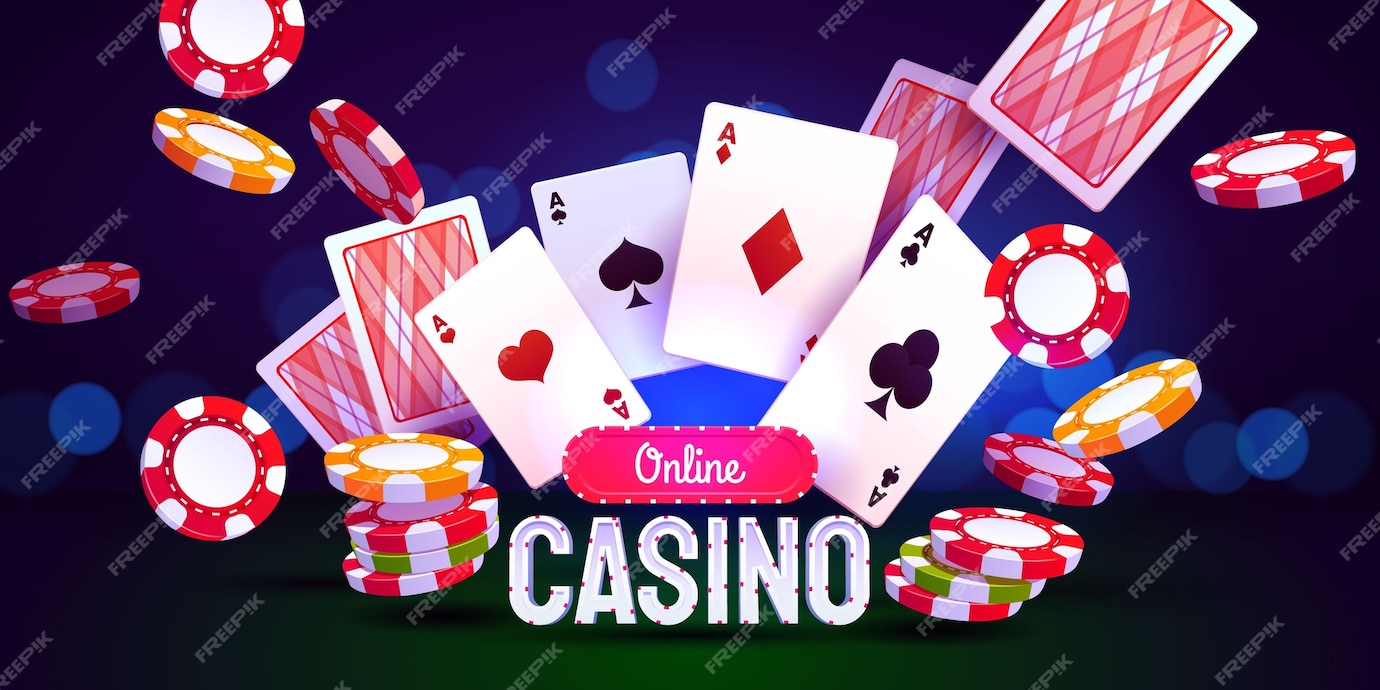Game nights with family and friends are a fantastic opportunity to bond and have a great time. Poker, being one of the most popular games, requires skill, strategy, and determination. While game strategy is crucial, the choice of a poker table can greatly influence the overall experience. This guide will help you select the ideal poker table by considering factors such as table type, size, and materials, ensuring an unforgettable game night for everyone involved.
Types of Poker Tables: Pros and Cons:
There are two main types of poker tables: folding tables and permanent tables, each with its own advantages and disadvantages.
Folding Tables for Convenience:
Foldable poker tables offer ultimate convenience and portability. They can be easily folded and stored when not in use, saving valuable space in your home. These tables are perfect for players with limited space or those who prefer a movable table. Poker tables top come in various shapes and sizes, and they are usually more affordable. However, they may lack the same stability, durability, and aesthetic appeal as permanent tables.
Permanent Tables for Durability:
Permanent poker tables are designed for durability, stability, and aesthetic appeal. They are reinforced and built to last, offering ample legroom and accommodating more players than folding tables. Permanent tables come in a range of shapes, designs, and materials, adding a touch of elegance to your game room. While they are more expensive, their larger size and weight may require professional installation for maximum stability.
Size Matters: Choosing the Right Table Dimensions:
Selecting the appropriate size for your poker table depends on the number of players you expect to host during the game. It’s crucial to ensure that all players can sit comfortably without feeling cramped or restricted in their movements.

Consider Seating Capacity:
Determine the seating capacity of the table to accommodate your players. Oval-shaped poker tables typically seat 8 to 10 players, while rectangular tables can accommodate up to 12 players. For larger games, opt for round poker tables that seat up to 14 players.
Account for Table Space Required:
Measure the available space in the room before choosing a poker table. Add extra space to allow players to move around freely and comfortably. Consider the Poker chips set trays, cup holders, and other accessories attached to the table, as they may require additional space.
Quality and Materials: Investing in a Lasting Table:
The materials used to construct a poker table significantly impact its durability, playing surface, and aesthetic quality. Investing in a high-quality table ensures a reliable and long-lasting product that won’t require frequent repairs or replacements.
Wood Tabletops for Classic Style:
Wood is a traditional and popular material for poker tables. It offers durability, a sturdy playing surface, and a classic style appreciated by many players. Wood tables can have solid wood tabletops or wood veneer tops. Solid wood tables are more expensive but provide superior durability, while veneered wood tables are more affordable but may be less durable.
Felt Tabletops for Smooth Playing Surfaces:
Felt is the most common material for poker tabletops. It offers a smooth playing surface that enhances the card-playing experience and has a high-end appearance. Felt is relatively durable and affordable compared to other materials. The thickness of the felt is also important, with thicker felt providing increased durability.
Conclusion:
Choosing the perfect poker table for your game night can significantly enhance the overall experience. Consider the type, size, quality, and material of the table when making your selection. Remember, poker is not just about the game; it’s also about creating the right ambiance. A well-chosen poker table will contribute to that ambiance and make your game nights truly unforgettable.











